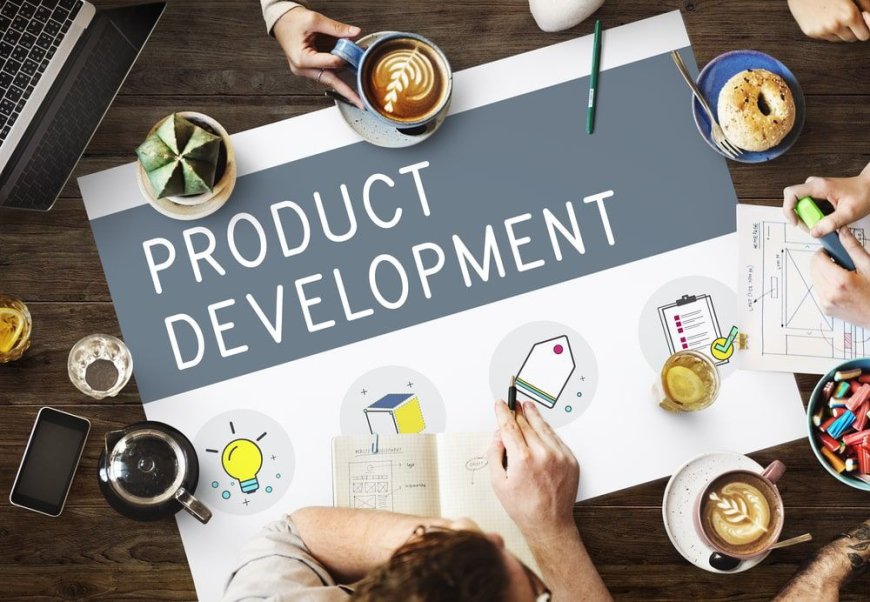PLM vs NPD Software: Do You Need Both for Effective Product Development?

In product development, businesses face challenges like tight timelines, team coordination, ensuring quality, meeting regulations, and adapting to market changes when moving from concept to commercialization. Two tools that help address these challenges are Product Lifecycle Management (PLM) software and New Product Development (NPD) software, which support the entire development process by streamlining workflows and improving collaboration. Though these tools may seem similar, they serve distinct roles in product development.
Understanding PLM and NPD Software
PLM platforms are designed to manage the entire lifecycle of a product, from its initial design to eventual retirement. PLM software provides a centralized platform for organizing all the data, processes, and teams involved in creating and maintaining a product. It covers every phase of development, ensuring consistency and alignment from engineering to marketing to production.
On the other hand, New Product Development software is more focused on the specific stages involved in bringing a new product to market. It supports teams during the ideation, design, testing, and launch phases of product development. While new product development software may not cover the full lifecycle, it excels at ensuring that products are well-developed, making it good for early-stage development efforts.
Comparing PLM and NPD Software
Focus Areas
The core difference between PLM software and New Product Development software lies in their focus areas. A PLM software is an end-to-end solution that tracks the entire lifecycle of a product. It’s used to manage everything from initial concept, through development, manufacturing, distribution, and eventual retirement. This makes it essential to ensure that a product remains consistent and up to date throughout its life, especially when dealing with complex products that require ongoing updates or regulatory compliance.
In contrast, new product development software focuses specifically on the stages that bring a new product to market. These tools make it far easier to manage the ideation, design, prototyping, and testing phases. While new product development software excels at driving innovation and ensuring that new ideas come to life, it typically doesn’t extend into later stages like long-term maintenance or lifecycle updates.
Target Users
Another distinction between PLM and NPD software is who uses it. A PLM system is designed to serve a wide range of cross-functional teams, from R&D and engineering to manufacturing, marketing, and supply chain management. It acts as the central hub for all stakeholders involved in the product’s journey, ensuring they work from the same data set and follow consistent processes throughout the product’s lifecycle.
NPD software, on the other hand, is primarily geared toward research and development (R&D) teams, project managers, and product designers. These are the teams responsible for creating and testing new product ideas, ensuring they are market-ready. The software helps them manage timelines, resources, and feedback loops during the early phases of development. Once a product moves beyond the initial stages, a product lifecycle management system may take over to manage ongoing production and updates.
Benefits of Using Both PLM and NPD Software
While PLM software and NPD software have distinct features, using them together can create a more cohesive product development process. Here are some of the benefits of integrating both tools:
Enhanced Collaboration and Communication Across Teams
By using both PLM and NPD software, businesses can bridge the gap between early-stage product development and long-term lifecycle management. This improves communication between R&D teams (who use NPD software) and other departments, such as manufacturing and marketing (who rely on the product lifecycle management system). The result is smoother transitions from design to production, ensuring that everyone is working with the most accurate, up-to-date information.
Streamlined Processes from Concept to Market
When PLM system and New Product Development software are used together, they create a streamlined workflow from product ideation through to the final launch and beyond. NPD software supports the initial stages of concept development and prototyping, while the PLM software takes over for the later stages of production, distribution, and ongoing maintenance. This ensures that there is no breakdown in communication or processes as the product moves from one stage to the next.
Improved Data Accuracy and Decision-Making
Another benefit of integrating both systems is the ability to maintain accurate, centralized data throughout the product lifecycle. New Product Development software captures all the data related to the design and development of the product, while the PLM software maintains this data and adds information from later stages like production and customer feedback. By having a comprehensive view of the product’s lifecycle, teams can make better decisions about future updates, improvements, and new product ideas.
Conclusion
While PLM software manages the entire product lifecycle, NPD software drives innovation. Together, they enhance collaboration and improve data accuracy, providing a well-rounded solution for successful product development.

 tonypeachey22
tonypeachey22